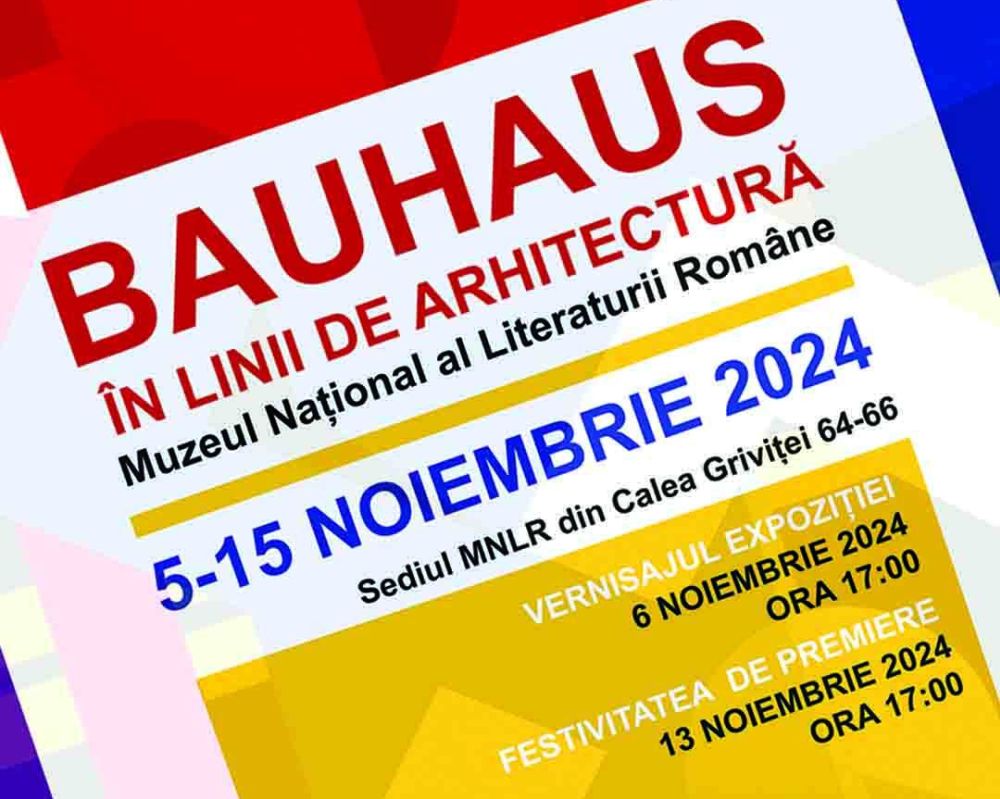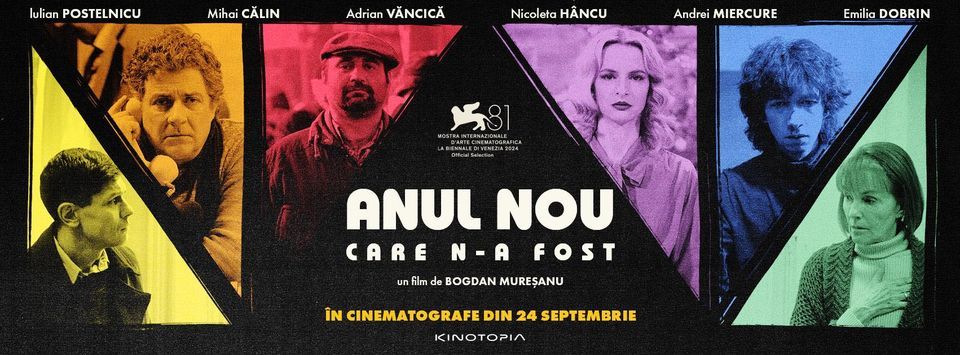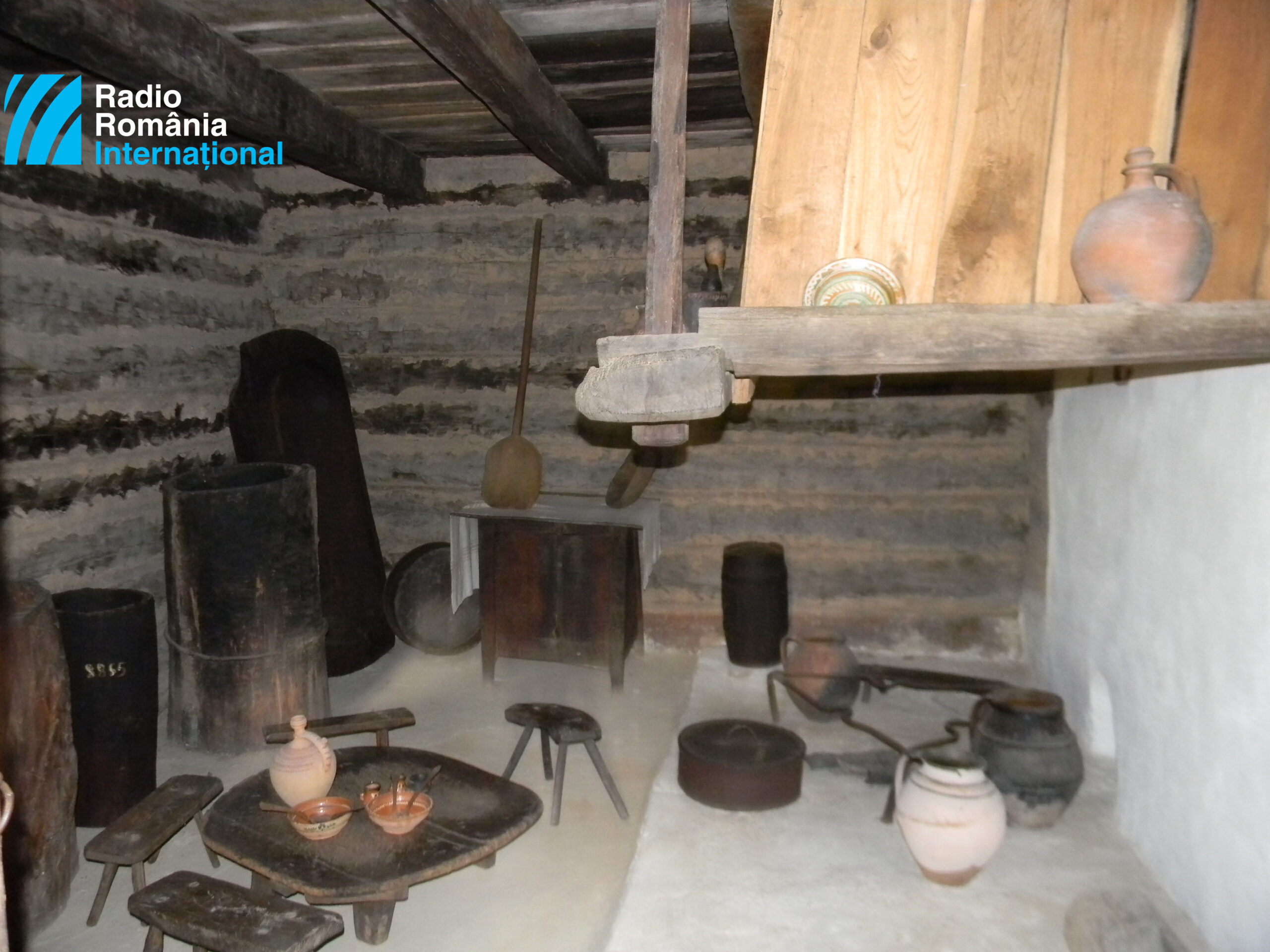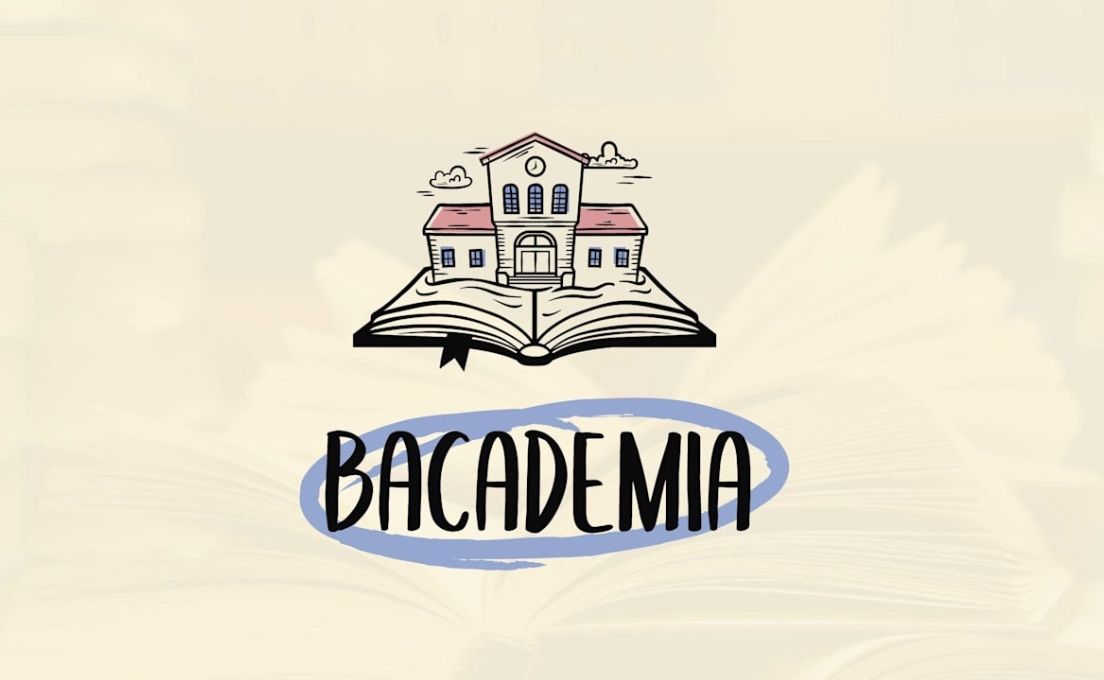Bauhaus colour and creativity in Bucharest
"Bauhaus 2024" is the exhibition hosted these days by the National Museum of Romanian Literature

Ana-Maria Cononovici, 19.11.2024, 12:34
In the 1990s, the Bauhaus school emerged in Germany, from the association of the German words bau – to build and Haus – house. Highly influential in 20th-century architecture, fine arts, sculpture, interior and industrial design, photography, typography, household objects, finery and ornamentation, furniture and interior decoration, this artistic school and movement created by the German architect and pedagogue Walter Gropius in the city of Weimar, operated at its peak, between 1919 and 1933, in three German cities: Weimar, Dessau and Berlin, becoming in time, despite being banned by the Nazis (in 1933), one of the most important and inspiring artistic trends of modern architecture. With the emigration of the founder of the Bauhaus artistic movement, Walter Gropius, to the United States of America, this artistic movement experienced a renaissance known generically as the “New Bauhaus”, or “New Bauhaus Style.”
More than a century on, Bauhaus becomes an educational factor, stimulating young people from Bucharest to discover new means of expression. “Bauhaus 2024” is the exhibition hosted these days by the National Museum of Romanian Literature, in the capital, an exhibition that brings together works by children from several high schools.
Visual artist Nicolae Stoian is the one who recommended the exhibition:
“An extraordinary exhibition that brings to mind the Bauhaus concepts, this interwar school, which still impresses us today with the principles it promoted, related to art, design , of modern concept, ideas that are also embraced by young people, we focus on young people from high schools.”
Alexandru Cristian Ghezea from the Ion N. Socolescu Technical College of Public Works and Architecture in Bucharest, who has two works in this exhibition, told us: Track 2: “This is a special day at the Museum of Romanian Literature, with a lavish Bauhaus opening, honoring this very important German school founded in 1919. Here we have a lot of works on display, from small to large, authored by students from the ninth grade to the 12th, from different high schools, high schools of architecture, or mathematics and informatics, or natural sciences. Lots of variety!”
Alexandru Cristian Ghezea titled his works “Bauhaus composition in the vision of a Romanian” and explained why:
“I was in Germany, visiting Berlin. Bauhaus started in a city in the west of Germany, not exactly in Berlin, but for example in Berlin I found in many confectioneries or cafes that Bauhaus teapot, which was, I think, designed by Marcel Breuer. Marcel Breuer is the one who designed the chair I drew, which I also found very often in different establishments in Berlin and it was very beautiful.”
In fact, it was theGerman artist Marianne Brandt who designed the Bauhaus teapot, taking the design of a conventional teapot, stripping it of all ornament to create her own geometric tea infuser and strainer in 1924.
But the creations of our younger interlocutor really deserve attention! As well as those of Francesca Vlădaraş, a student at the Ion Creangă National College, who spoke to us about her work in the exhibition and how much she was impressed by the presence of the works of so many talented children:
“I’m here with a representative Bauhaus style chair, made last year, along with another board that has other Bauhaus style compositions, such as the cup that the colleague talked about earlier and two representative lamps. I really like all the works, especially since they are very diverse, from many places and made by students from different grades, from 9th to 12th. It seems to me that they are very talented children! And I really wish I had attended the Socolescu high school, it’s a very nice high school, and I would have liked to spend more time drawing, like my colleague does.”
Teacher and visual artist Grațiela Stoian is the one who encourages the students of the Tudor Vianu National College of Informatics to discover their artistic side:
“I have the pleasure of selecting from among the students who in turn have this desire to develop through art. And they can’t believe it, because they say: “I’m not talented!” and I explain to them that they don’t have to have talent, but ideas-concepts, to be able to document themselves in the first place. And the art is amazing. It connects everything, not only sculpture, painting, graphics, etc. but it also creates links with physics, and with mathematics, biology. And I keep explaining to them that even if we look into a microscope we see some miracles there, not to mention Fibonacci, in mathematics, or in physics the spectrum of light and the rainbow, etc. And when we tell stories about such things, even children who are not studying arts manage to do some extraordinarily beautiful things.”
Red, blue and yellow, circles, squares and triangles, abstract and concrete, beautifully combined, the works of the Bauhaus 2024 exhibition express youth in action! (MI)






























